If you are looking wholesale lighting solutions, click here.

In this blog post, we’ll share the best option between halogen lights and LED bulbs.
We have been providing lighting solutions for various scenarios for years. With our extensive knowledge, we can help you understand the differences between halogen bulbs and LED lights.
If you want to learn which light bulb is suitable for you, then you should read this blog post.
Halogen bulbs are a kind of incandescent bulbs that employ a small filament enclosed in a compact transparent envelope. The bulb is filled with a minute amount of halogen gas, like bromine or iodine. As the electricity passes through the tungsten filament, it heats up and produces light.
Halogen bulbs are much like incandescent bulbs in operations. However, the former are more efficient. Moreover, halogen bulbs emit more light than incandescent bulbs and minimize the emission of infrared light.
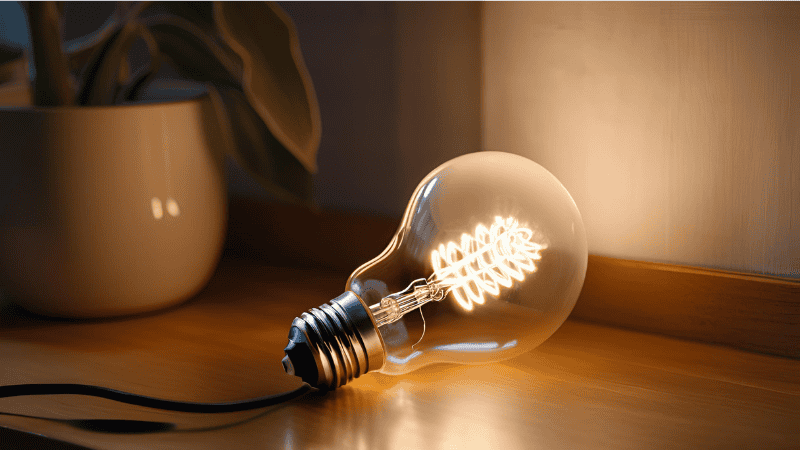
Light-emitting diodes or LEDs have solid-state lighting that employs a semiconductor to emit light. Unlike incandescent bulbs that rely on filament, LEDs have semiconductors that emit light with electric current passing through them.
They convert maximum electrical energy into light instead of heat. This efficient process significantly lowers energy consumption. In addition, it also gives LEDs a longer lifespan compared to other types of bulbs.
LED lights have been introduced for a long time, but they recently gained attention due to their energy efficiency. Moreover, the early LED lights didn’t have much brightness compared to incandescent lights.
However, innovative lighting technologies have improved the brightness of LED lights. Today, LED light bulbs are available in an extensive range of brightness for various needs.
Halogen bulbs and LED lights have unique features. Here is an overview of the differences between the two types of light bulbs:
| Features | Halogen Bulb | LED Bulb |
|---|---|---|
| Energy Efficiency | Less efficient and consumes more energy | Highly energy efficient and consumes less energy |
| Lifespan | Short lifespan of about 1,000 to 2,000 hours | Longer lifespan of about 25,000 hours or more |
| Cost | Low upfront cost, high long-term expenses | High upfront cost, low long-term expenses |
| Light Quality | Warm, bright light | Available in various color temperatures and brightness levels |
| Environmental Impact | Greater environmental impact | Low environmental impact |
| Application | Best for task lighting | Suitable for various applications |
Halogen bulbs function by passing an electric current through the filament in the presence of a halogen gas. The process heats the filament that emits light and glow. It is effective in producing bright light that can illuminate any space.
However, the process is inefficient and employs a significant amount of energy. About 80% of energy is wasted and produces heat. Only 20% of the energy is consumed to produce light output.
It not only results in higher energy consumption but also generates significant heat. The heat is dissipated in the surroundings and makes it warm. It is undesirable in warm climates. It can lead to various hazards in enclosed fixtures.
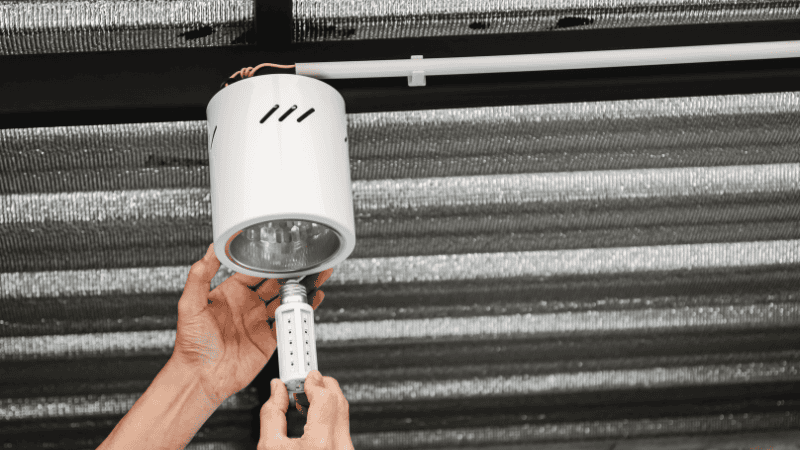
On the other hand, an LED bulb has an innovative design that makes it energy efficient. It employs a unique approach known as electroluminescence for generating light.
It employs a semiconductor that produces light when electric current passes through it. It generates a small amount of heat. It is a much more efficient process as it converts the maximum electrical energy it consumes into light with minimum wastage.
The energy efficiency of LED lights is about six to seven times higher than traditional light bulbs. LED lights convert about 95% of energy into light. They can minimize the energy consumption by more than 80 to 90%. It can significantly lower your electricity bills.
The ability to produce more light per watt of electricity makes LEDs ideal for residential and commercial applications where energy efficiency is a priority.
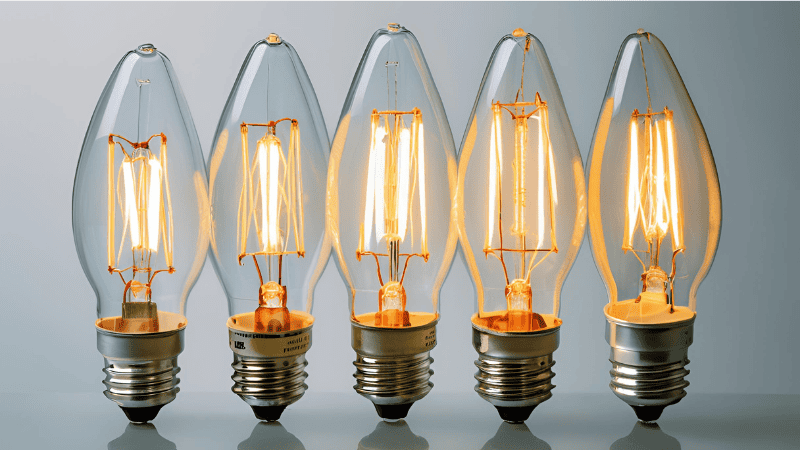
The lifespan of light bulbs is a crucial concern as it affects the maintenance frequency and overall costs. A light bulb with a short lifespan and low purchasing price might seem inexpensive.
However, the frequent need for replacements can quickly add up, making it more costly in the long run. Moreover, the shorter lifespan of light bulbs contributes to wastage, which has a negative environmental impact.
Halogen lights have a relatively low lifespan, ranging from 1,000 to 2,000 hours. The short lifespan is attributed to its light emission process. Halogen employs heated filament for light generation. The continuous heating and cooling cycles weaken the filament and cause it to break.
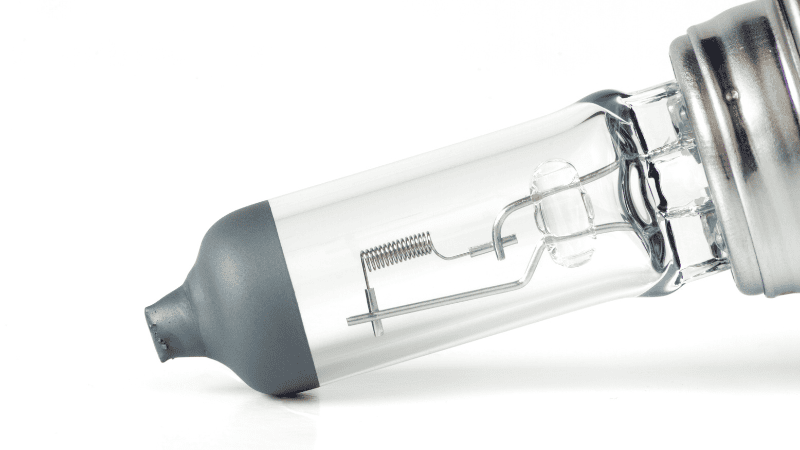
It limits the lifespan of the bulb, leading to frequent replacement. The frequent need for replacements can be inconvenient and costly, especially in applications where bulbs are difficult to access or replace.
In contrast to a halogen bulb, an LED bulb has a longer lifespan. An LED light bulb can last for about 25,000 hours or more. Some high-quality LEDs can even have a lifespan of 50,000 hours.
This extended lifespan is due to the solid-state technology. It employs a semiconductor for generating light in the LED bulb. This approach is more durable and resistant to wear and tear than traditional light generation techniques.
The process doesn’t involve heating and cooling, saving the bulb from breaking. The semiconductor slowly degrades over time. It results in a longer lifespan, leading to fewer replacements and lower maintenance costs. It makes LEDs a cost-effective and reliable lighting solution.
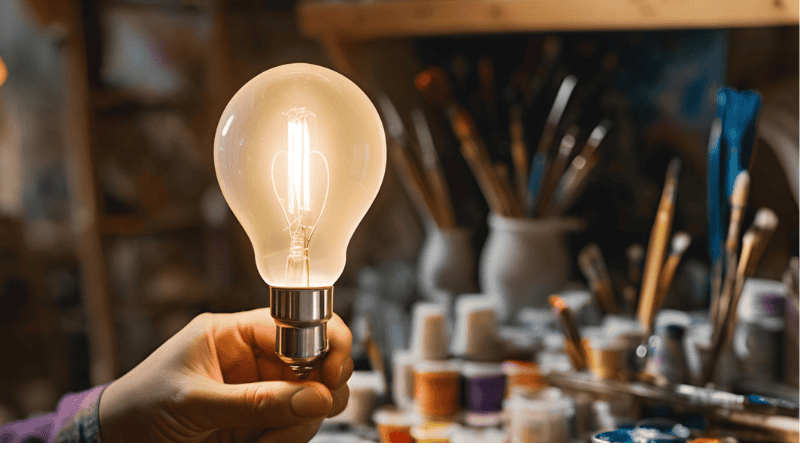
The light bulb cost is another distinguishing factor that influences the choice between halogen and LED lights. The cost not only involves the upfront investment, but you also need to consider long-term considerations.
Halogen bulbs have a low purchasing cost, making them appealing to customers searching for an instant, low-budget lighting solution. However, this low upfront cost can be deceiving and can lead to higher long-term expenses.
Halogen bulbs have a short lifespan, so you need to replace them after a short time. Moreover, they consume more energy, leading to high utility bills. The cumulative cost of purchasing, replacement, and energy consumption makes halogen an expensive investment over time.

In contrast, LEDs require a higher initial investment. However, it offers considerable long-term savings. The initial purchasing cost can be higher, but their energy efficiency and extended lifespan result in lower operational costs.
LEDs are more energy-efficient than traditional bulbs. It allows you to save a substantial amount on your energy bills.
In addition, their longer lifespan leads to fewer replacements. It further reduces the overall cost. In most scenarios, the total cost of LED bulbs is much lower than that of halogen bulbs. It makes LED bulbs an economical option in the long run.
The quality of light influences the ambiance of any space, making the texture and color patterns more appealing. It also impacts your productivity and mood. Installing a light bulb with the right light quality can boost your mood and energy.
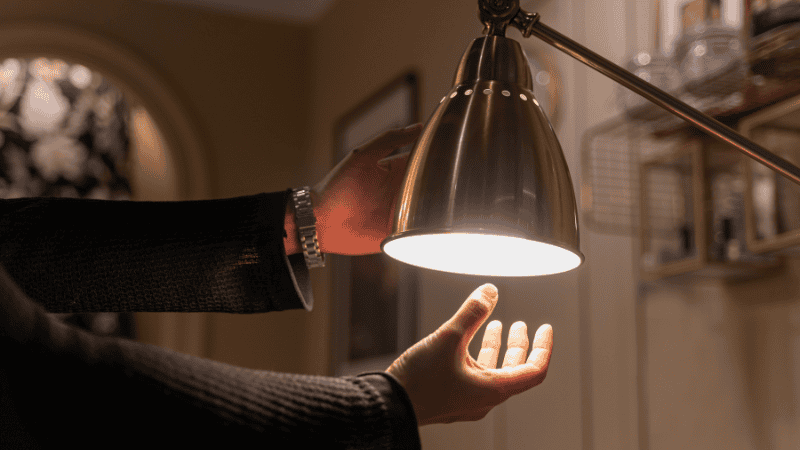
However, the poor quality of light can lead to several health issues, like eye strain, headaches, and fatigue.
Halogen lamps and light bulbs are acknowledged for their consistent, high-quality light. They offer a warm, bright, and natural appearance.
They have a color temperature of 2700K. This light closely resembles natural daylight and traditional incandescent bulbs. It is ideal for applications that require clear visibility and focused illumination.
You can use halogen bulbs for reading lamps, task lighting, and spotlights. Halogen lights enhance the appearance of colors and textures of your space, making it a popular choice for areas where visual clarity and color accuracy are important.
LED lights are available in a broader range of color temperatures and brightness levels. You can find LED lights from 1800K color temperature to 6500K. It offers you the flexibility to create a desirable ambiance.
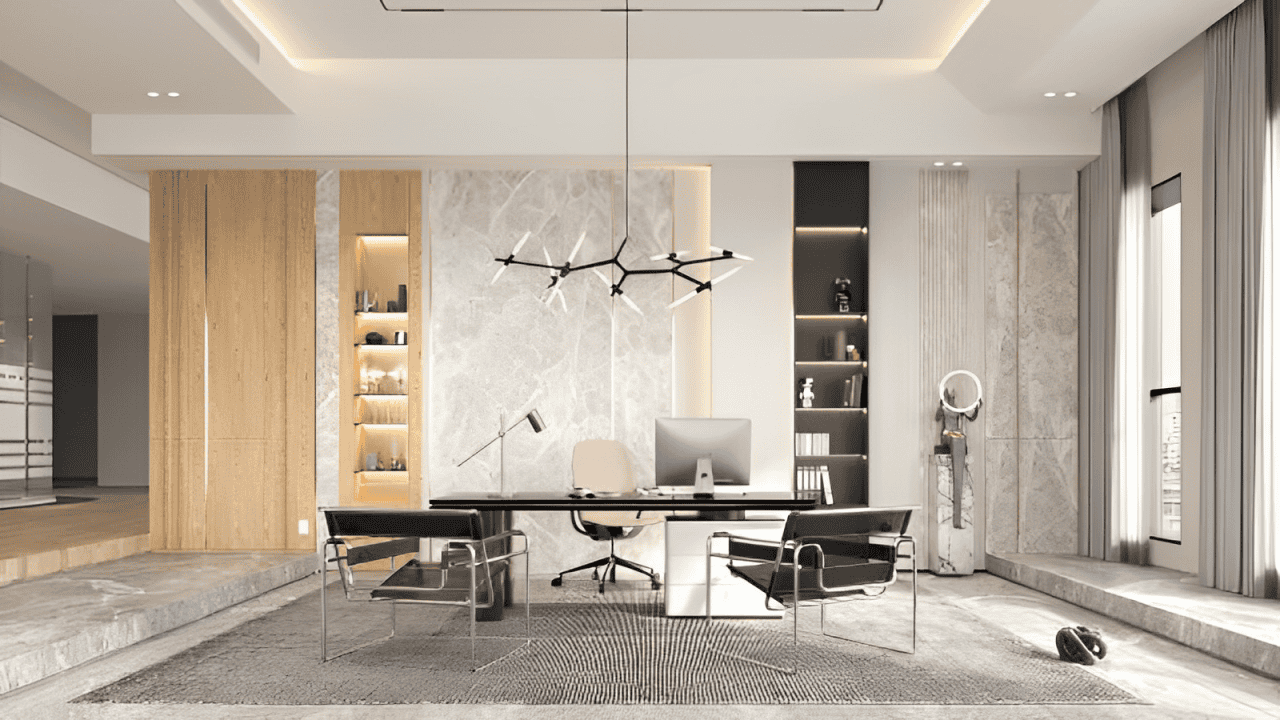
You can find light from warm white to cool daylight. It allows you to choose the most suitable color temperature for different applications.
This versatility in color temperature range makes it suitable for various needs. You can use it for ambient lighting, task lighting, and decorative lighting.
LED lights are also dimmable. It allows you to use different brightness levels, providing additional control over the lighting environment. This feature also enables you to use your space for multiple purposes. The range of color temperatures and brightness levels in LED bulbs makes them suitable for residential and commercial settings.
Considering the environmental impact is necessary before we pick any device or appliance. It involves understanding how the product’s energy consumption, lifespan, and disposal affect the environment.
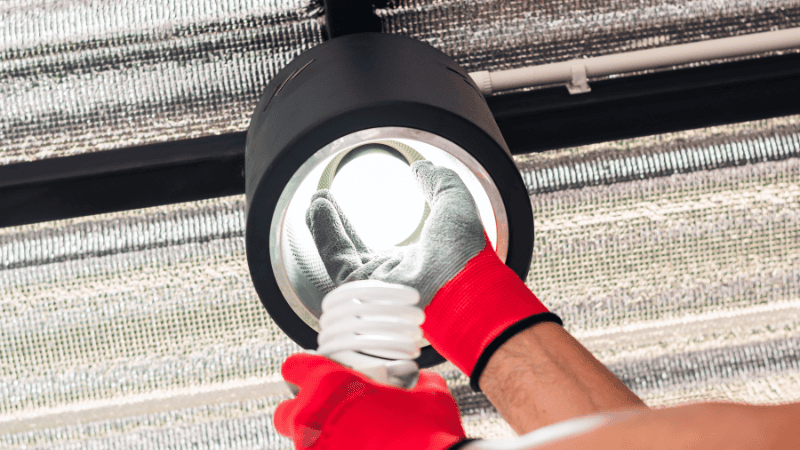
Halogen lights have a higher environmental impact as they consume more energy and have a short lifespan. These factors result in higher greenhouse gas emissions, contributing to environmental degradation and climate change.
Short life expectancy also leads to more waste as you need to frequently replace the light bulb. The burned-out bulbs are discarded and end up in landfills.
More production and disposal of halogen bulbs have a detrimental impact on the environment as they contain harmful materials. After disposal in landfills, the materials degrade and mix with soil, water, and air, contaminating them.
In comparison, LED bulbs have a much lower environmental footprint. Their energy efficiency leads to low emissions of greenhouse gases into the atmosphere. It makes LED lighting a sustainable option.
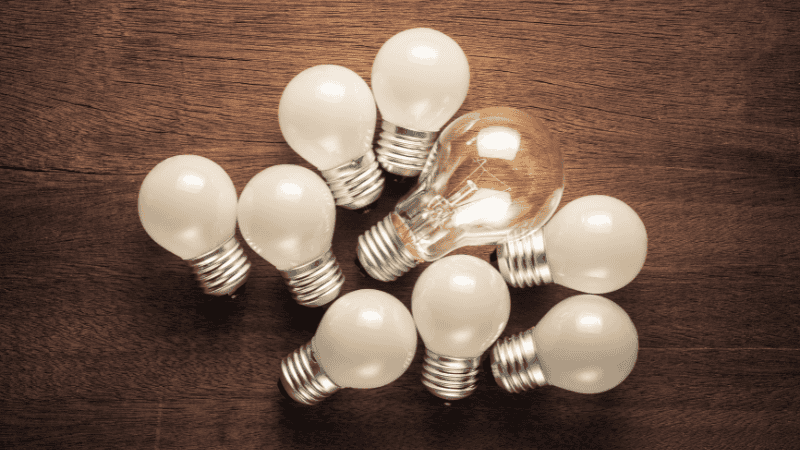
In addition, LED bulbs have a long lifespan and you don’t need to replace them frequently. Fewer replacements result in less waste and reduced environmental impact.
Moreover, LED bulbs are made of recycled materials. It means that the materials are not wasted after usage and can be reused. Recycling LED bulbs further reduces the environmental impact.
Furthermore, many LED manufacturers employ sustainable practices. They focus on minimizing waste, reducing energy consumption during manufacturing, and ensuring that their products meet environmental standards.
Each light bulb has unique characteristics that make it suitable for particular applications.
Halogen light bulbs are best suited for applications that require bright, warm light, such as task lighting in kitchens, bathrooms, and workspaces.
They generate focused light that allows you to use it for spotlights, desk lamps, and other areas where direct, intense light is needed. Halogen lights are also a great choice for automotive lighting. Their clear, bright light enhances visibility and safety in the dark. It saves you from accidents on the road.
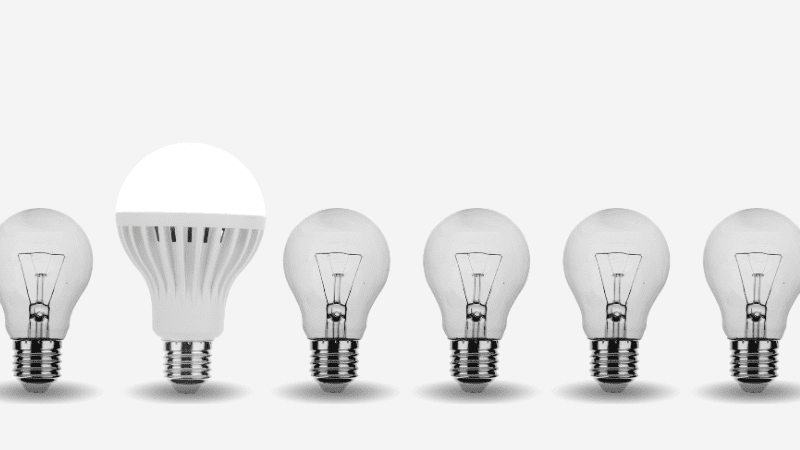
In contrast, LED bulbs are highly versatile and suitable for a wide range of applications. You can use LED lights for ambient lighting in living rooms and bedrooms, and task lighting in kitchens and offices.
You can also utilize them for decorative lighting in both indoor and outdoor spaces. You can also employ LEDs for commercial and industrial settings. Their energy efficiency and long lifespan provide an effective solution in such spaces.
Their wide range of color temperatures and brightness levels makes them the best solution for establishing a desirable environment.
Moreover, LED lighting is employed in various applications, including street lighting, display lighting, and signage. Their durability and efficiency make them a beneficial solution for these applications.
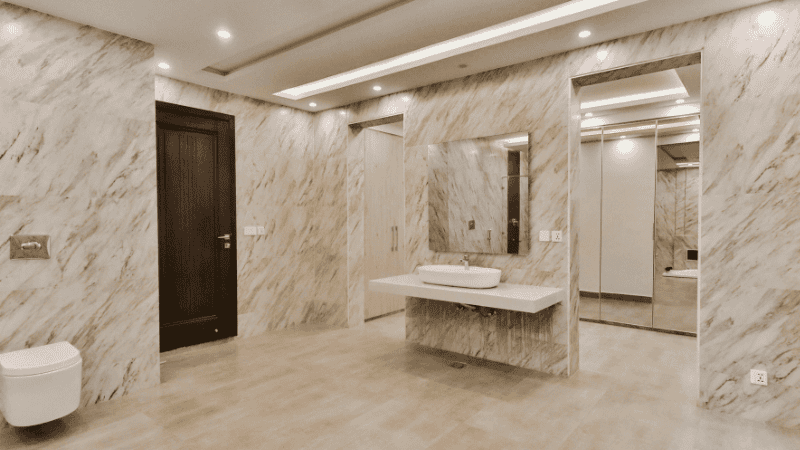
It would be best if you considered several factors while picking the right option between halogen lights and LED bulbs.
Halogen lights are a version of traditional bulbs and have a tungsten filament for heating. They are known for bright light with warmth. It allows you to create a welcoming environment. It also makes them suitable for various tasks, like cooking, reading, or bathing.
Moreover, they are cheap, and you can afford them if you have a small budget. However, they have a short lifespan and consume high energy. This often results in frequent replacements and higher long-term costs. They also negatively impact the environment due to more energy wastage and replacement requirements.
In contrast to halogen lights, LED bulbs are known for their efficient lighting system. Though they have a higher initial cost, LED light bulbs offer numerous advantages that make them a superior choice for most applications.
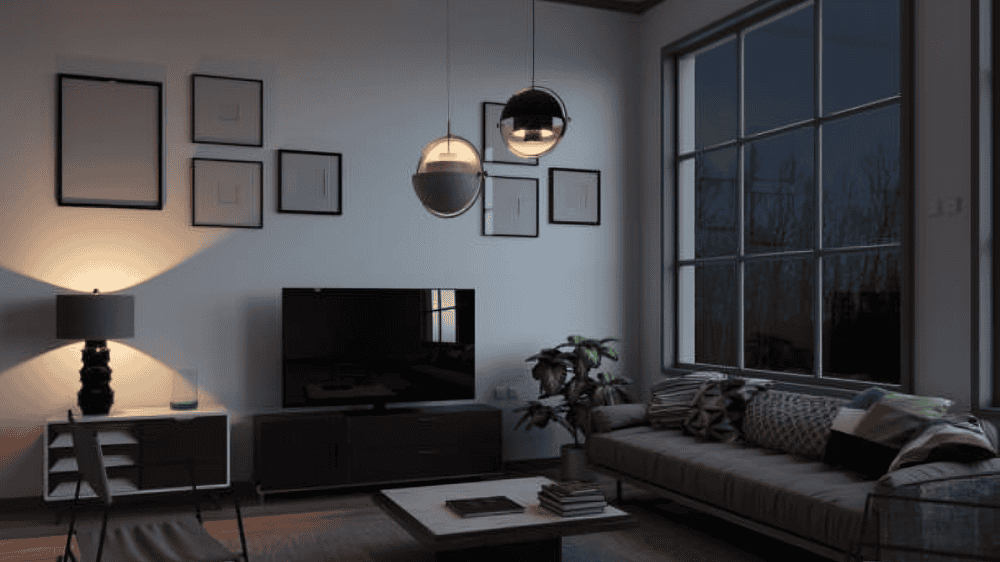
They convert maximum energy into light, allowing you to effectively consume the energy. It results in low utility bills contributing to energy savings.
In addition, the availability of a range of colors, temperatures, and brightness allows you to create the ambiance you want. Their dimmable lighting enables you to use your space for multiple purposes.
If you want to create a warm and clear environment with a low cost, halogen bulbs are a great choice. However, you need to keep in mind that they are not long-lasting and energy inefficient.
The variable light quality and energy efficiency make LEDs a preferable choice. Their longer lifespan and low environmental effects also make them an ideal solution for various settings.
Yes, LEDs are worth the higher upfront cost due to their numerous long-term advantages. These light bulbs have a higher upfront cost than traditional bulbs. However, they are energy efficient and lead to substantial savings on electricity bills over time.
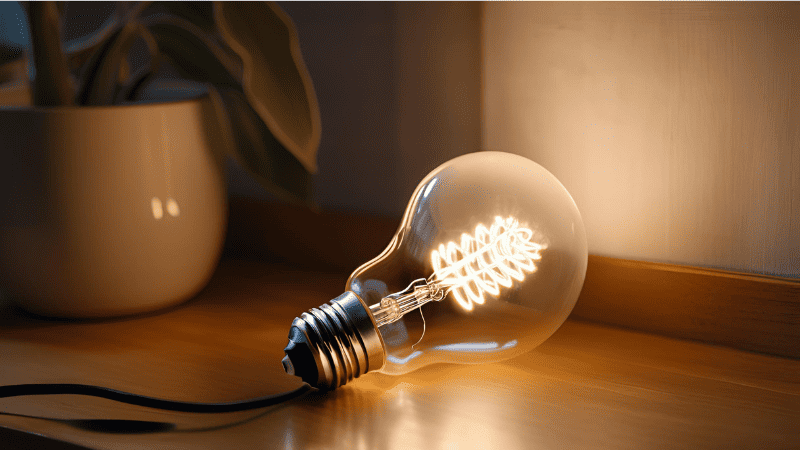
Moreover, LEDs have an exceptionally long lifespan. This leads to less frequent replacements and saves replacement costs. Their durability and lower heat output further contribute to their cost-effectiveness and safety, making LEDs a smart investment for both residential and commercial lighting needs.
Yes, most fixtures can fit LEDs in place of halogen bulbs. However, you need to check the following aspects to ensure compatibility.
The color temperatures of halogen and LED bulbs differ significantly, offering distinct lighting qualities. Halogen bulbs typically emit a warm, yellowish light with a color temperature around 2700K to 3000K, similar to traditional incandescent bulbs.
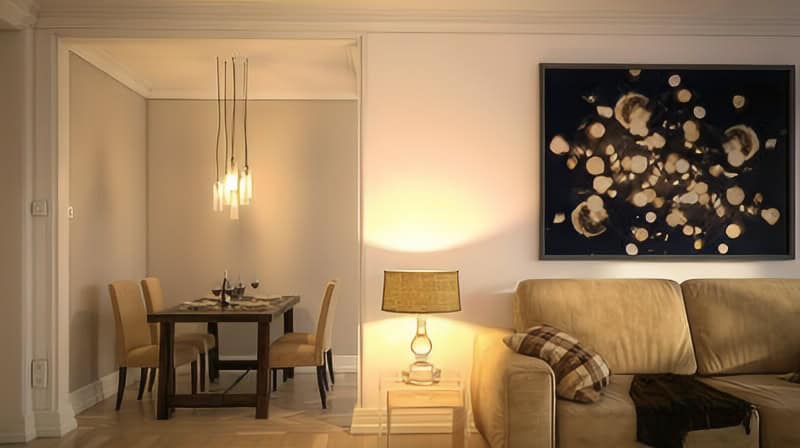
It gives warm light and is preferred for creating cozy, inviting atmospheres in residential settings. In contrast, LED bulbs are available in a wide range of color temperatures, from 1800K, which is warm yellow light, to 6500, which gives cold light.
This variety allows for greater flexibility in choosing the right lighting for different environments, whether you need warm, ambient lighting for a living room or bright, focused lighting for a workspace.
Halogen bulbs are known for their bright, natural light and affordable upfront cost, making them a budget-friendly option. However, they consume more energy and have a shorter lifespan, leading to higher long-term costs.
LED bulbs, while more expensive initially, are highly energy-efficient, long-lasting, and versatile. With various color temperatures, they can adapt to different environments and are more eco-friendly.
In conclusion, although Halogen bulbs are cheaper upfront, LEDs offer better long-term savings and sustainability. Which option suits your needs best? Share your thoughts with us!
If you are searching for durable halogen bulbs or LED lights, visit Risun. It offers you a huge variety of light bulbs and fixtures for various needs.
Contact us to consult our experts and make your space more striking with a unique lighting solution.
Comprehensive Lighting Solutions for MRO Wholesalers and Professionals
send your inquiry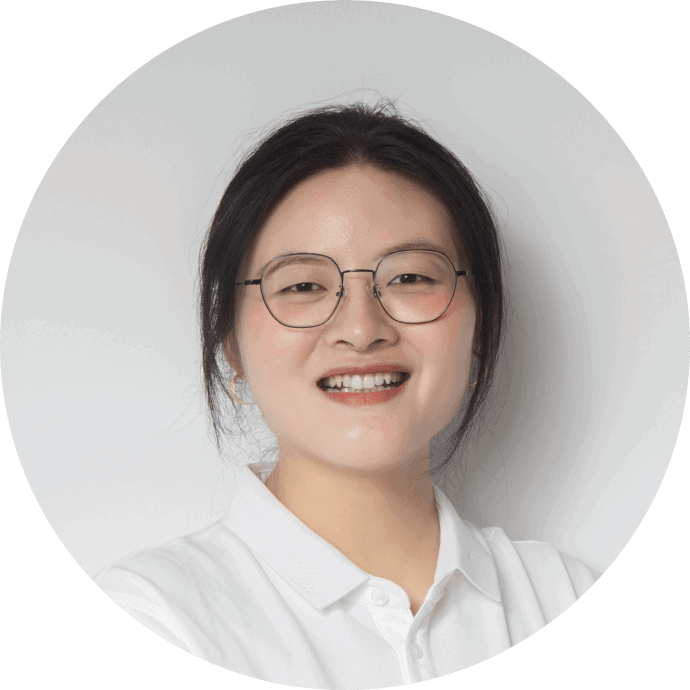
Hi, I'm the author of this post, and I have been in this field for more than 15 years. If you want to wholesale lighting fixtures or lighting related product, feel free to ask me any questions.
Learn More >>Download our catalog to view all of our lighting products.
Ready to get started ?
Send Your InquiryOur team will get back to you promptly

please
download
Get notified about new products
Our team will get back to you promptly!
Add your first comment to this post